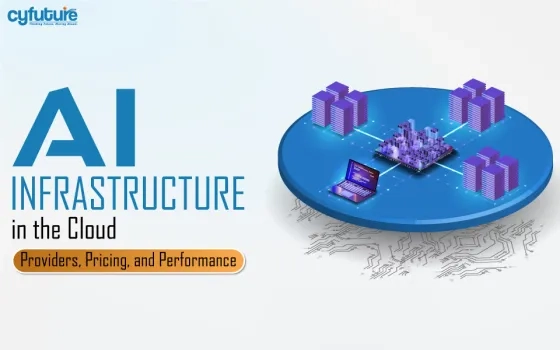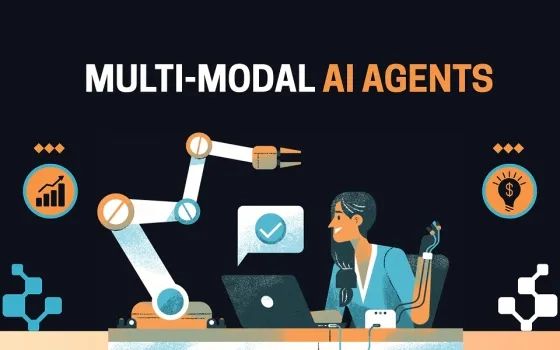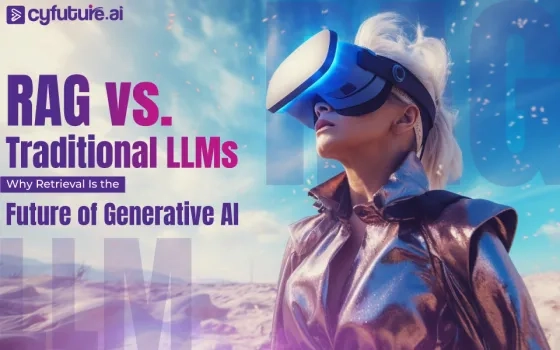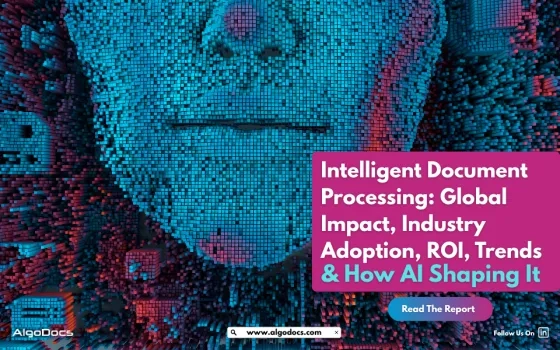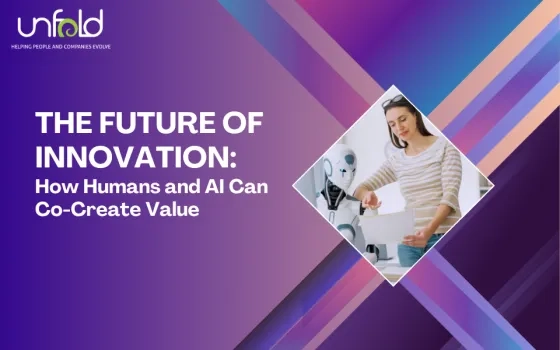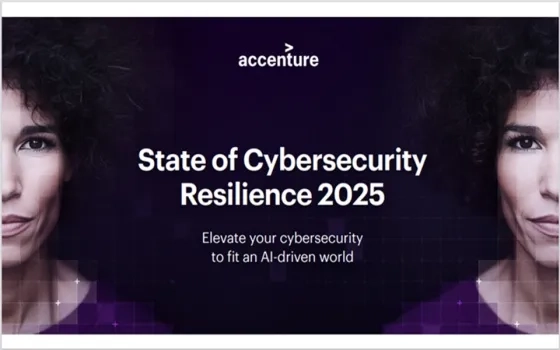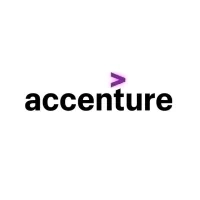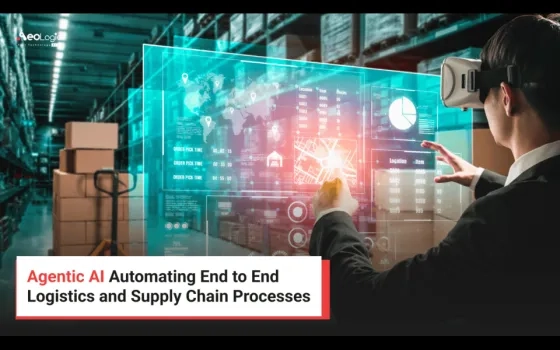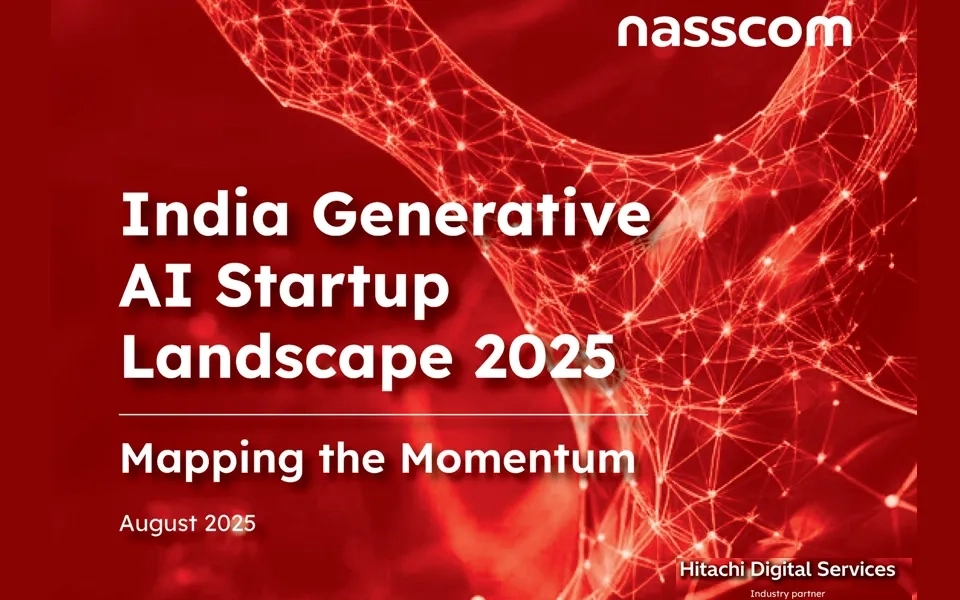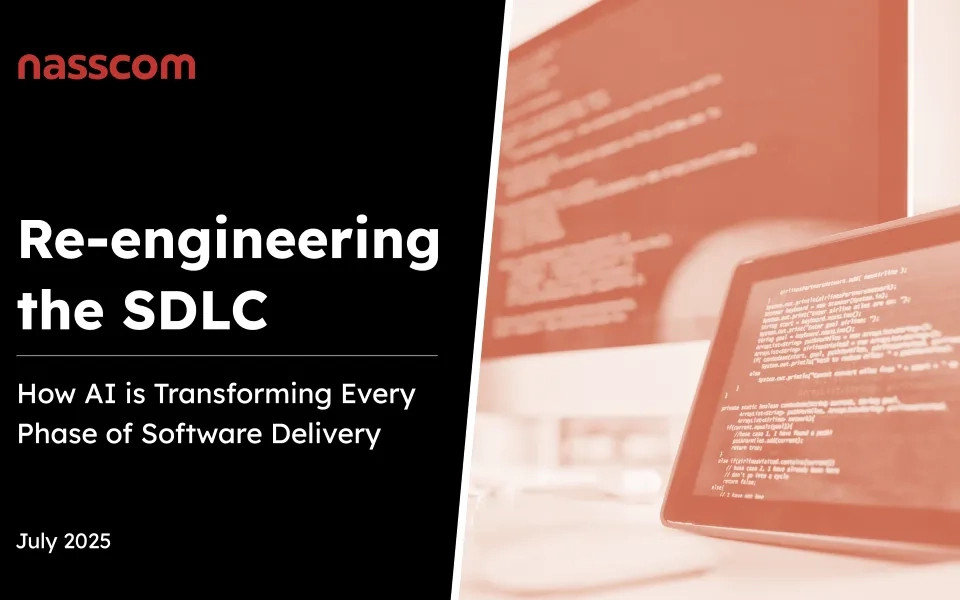The artificial intelligence revolution has fundamentally transformed enterprise computing requirements, driving unprecedented demand for specialized cloud infrastructure. As organizations race to deploy AI-powered solutions, understanding the landscape of cloud AI infrastructure—from provider capabilities to cost optimization strategies—has become mission-critical for technical leaders.
The Cloud AI Infrastructure Landscape: Market Dynamics and Growth
The cloud infrastructure market experienced explosive growth in 2024-2025, with global cloud infrastructure spending rising 21% in Q1 2025. This surge is primarily driven by AI workloads, as a significant portion of spending is now directed to AI-related investments.
Current market positioning reveals interesting dynamics:
- AWS maintains leadership with 31% market share, though growth has decelerated to 17% in Q1 2025, down from 19% in Q4 2024
- Microsoft Azure holds 20% market share and continues aggressive expansion with over 30% growth rates
- Google Cloud Platform captures 12% market share while maintaining over 30% growth, fueled by rising demand for generative AI tools
The AI infrastructure boom has created a perfect storm of demand, with Q2 2024 global spending reaching $78.2 billion, representing 19% year-over-year growth.
Provider Deep Dive: Capabilities and Differentiation
Amazon Web Services (AWS)
AWS leads with the most mature AI infrastructure ecosystem, offering:
Compute Options:
- EC2 P4d instances with NVIDIA A100 GPUs
- EC2 P5 instances featuring NVIDIA H100 GPUs
- AWS Trainium and Inferentia custom silicon for optimized AI workloads
- SageMaker managed ML platform with integrated GPU clusters
Pricing Characteristics: AWS demonstrates the highest pricing volatility among major providers. AWS averages 197 distinct monthly price changes, with spot prices fluctuating continuously, creating both opportunities and challenges for cost management.
Performance Advantages:
- Largest global footprint with 99 Availability Zones
- Custom silicon delivering up to 50% better price-performance for specific workloads
- Most extensive AI/ML service portfolio with 20+ specialized services
Microsoft Azure
Azure's rapid growth trajectory positions it as the primary AWS challenger:
Compute Infrastructure:
- ND A100 v4 and ND H100 v5 series for GPU-intensive workloads
- Azure Machine Learning with automated scaling capabilities
- Integration with Microsoft's AI services ecosystem
Pricing Evolution: In 2025, Azure eliminated charges for inbound transfers and charged 10% less for egress data, making multi-region AI deployments more cost-effective. Azure demonstrates more stable pricing with 0.76 price changes per month.
Strategic Advantages:
- Deep integration with Microsoft 365 and enterprise tools
- OpenAI partnership providing preferential access to latest models
- Strong hybrid cloud capabilities for regulated industries
Google Cloud Platform (GCP)
GCP leverages its AI research heritage for competitive differentiation:
Technical Infrastructure:
- TPU (Tensor Processing Units) optimized for TensorFlow workloads
- A2 and G2 instances with NVIDIA GPUs
- Vertex AI platform with advanced MLOps capabilities
Cost Stability: GCP offers the most predictable pricing model, with new prices appearing approximately every three months (0.35 times/month).
Innovation Focus:
- Custom TPU architecture delivering superior price-performance for specific ML workloads
- Advanced AI research integration through DeepMind collaboration
- Carbon-neutral operations appealing to sustainability-focused enterprises

The GPU Performance Revolution: H100 vs A100 Analysis
The transition from NVIDIA A100 to H100 represents a generational leap in AI compute capability:
Performance Metrics
Training Performance: H100 regularly delivers double the training speed compared to A100, with specific workloads showing even greater improvements. When training BERT-Large, performance triples compared to A100.
Inference Acceleration: H100 accelerates inference by up to 30X compared to previous generations, with Megatron Turing NLG model inference showing 30x speedup compared to equivalent A100 systems.
Energy Efficiency: The H100 achieves a 3x improvement in power-to-performance ratio compared to the A100, addressing critical datacenter power constraints.
Architectural Advantages
Multi-Instance GPU (MIG) Capabilities: The H100 can be partitioned into multiple instances more effectively than the A100, making it more scalable for large-scale deployments.
Memory and Precision Support: Fourth-generation Tensor Cores support FP64, TF32, FP32, FP16, INT8, and FP8 precisions, enabling optimized model deployment across different accuracy requirements.
Cost Optimization Strategies: Navigating the Pricing Maze
The GPU Cost Challenge
AI infrastructure costs present unique challenges compared to traditional cloud workloads. On Google Cloud, a single A100 GPU instance can cost over 15X more than a standard CPU instance, making cost optimization critical.
Traditional Cost Controls Fall Short
Most AI workloads are too unpredictable for Reserved instances (RIs) and Savings Plans, which traditionally offer up to 72% savings. This unpredictability stems from:
- Variable training durations
- Dynamic model scaling requirements
- Experimental workload patterns
- Burst inference demands
Advanced Cost Optimization Techniques
1. Workload-Specific Instance Selection
- Use H100 for large-scale training and complex inference
- Deploy A100 for established production workloads
- Leverage TPUs for TensorFlow-optimized models
- Consider custom silicon (AWS Trainium/Inferentia) for specific use cases
2. Dynamic Scaling Strategies
- Implement auto-scaling based on queue depth for training jobs
- Use spot instances for fault-tolerant batch processing
- Deploy inference endpoints with predictive scaling
- Leverage multi-cloud strategies for optimal pricing
3. Storage and Network Optimization
- Implement tiered storage for training datasets
- Optimize data pipeline to minimize egress costs
- Use content delivery networks for model serving
- Implement data compression and caching strategies
Performance Benchmarking: Real-World Metrics
Training Performance Comparison
|
Model Type
|
A100 (hours)
|
H100 (hours)
|
Improvement
|
|
GPT-3 175B
|
342
|
171
|
2x faster
|
|
BERT-Large
|
24
|
8
|
3x faster
|
|
ResNet-50
|
2.1
|
1.2
|
1.75x faster
|
|
Stable Diffusion
|
18
|
9
|
2x faster
|
Inference Latency Analysis
Large Language Model Inference (tokens/second):
- H100: 3,200-4,800 tokens/second
- A100: 1,800-2,400 tokens/second
- Improvement: 78-100% throughput increase
Cost-Performance Optimization
When evaluating total cost of ownership, consider:
H100 Advantages:
- Higher initial cost offset by 2-3x performance gains
- Reduced training time translates to lower total compute costs
- Energy efficiency improvements reduce operational expenses
- Better multi-tenancy through improved MIG capabilities
A100 Considerations:
- Lower hourly rates for established production workloads
- Sufficient performance for smaller models (7B parameters and below)
- Mature ecosystem with extensive optimization resources
- Better availability across cloud providers
Multi-Cloud Strategy Considerations
Risk Mitigation:
- Vendor lock-in avoidance
- Geographic compliance requirements
- Availability zone redundancy
- Price arbitrage opportunities
Technical Challenges:
- Data synchronization across providers
- Consistent deployment pipelines
- Network latency optimization
- Skills and operational complexity
Future Outlook: Emerging Trends and Technologies
Next-Generation Hardware
NVIDIA GB200 and Beyond:
- Anticipated 5-10x performance improvements over H100
- Enhanced memory bandwidth for larger models
- Improved energy efficiency metrics
Custom Silicon Evolution:
- AWS Trainium2 and Inferentia3 development
- Google TPU v6 architecture improvements
- Microsoft's custom AI chip initiatives
Pricing Model Evolution
Consumption-Based Pricing:
- Pay-per-token models for inference
- Training job completion pricing
- Outcome-based pricing models
Sustainability Metrics:
- Carbon-aware workload scheduling
- Green energy preference pricing
- Efficiency-based cost optimizations
Conclusion: Strategic Recommendations for Technical Leaders
The AI infrastructure landscape demands sophisticated decision-making frameworks that balance performance, cost, and strategic objectives. Key recommendations include:
1. Adopt a Portfolio Approach: Diversify across GPU generations and providers based on workload requirements rather than pursuing a single-vendor strategy.
2. Implement Rigorous Cost Monitoring: Given the 15x cost differential between GPU and CPU instances, establish comprehensive cost tracking and optimization processes.
3. Plan for Rapid Technology Evolution: With 2-3x performance improvements occurring annually, build infrastructure strategies that accommodate rapid hardware transitions.
4. Leverage Provider-Specific Advantages: Exploit AWS's breadth, Azure's enterprise integration, and GCP's AI research heritage based on organizational priorities.
The organizations that master AI infrastructure optimization will gain sustainable competitive advantages in the AI-driven economy. Success requires combining technical depth with strategic foresight, ensuring both immediate operational efficiency and long-term adaptability.



